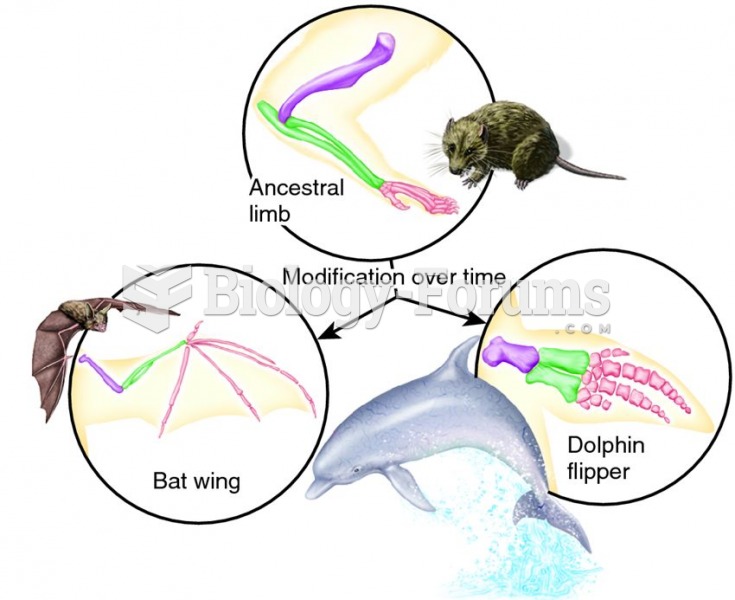Answer to Question 1
Correct Answer: 3
Rationale 1: Choosing is a cognitive action. Beliefs are chosen freely without outside pressure, from among alternatives, and after reflecting and considering consequences. That is not the aspect of value clarification described in the stem.
Rationale 2: Prizing is an affective action where chosen beliefs are prized and cherished. That is not the aspect of value clarification described in the stem.
Rationale 3: The acting component of values clarification is a behavioral action in which chosen beliefs are affirmed to others, incorporated into one's behavior, and repeated consistently in one's life. Stating the intention to return to prior employment on a full-time basis would be an affirmation of the client's plan.
Rationale 4: Clarifying values is the process in which choosing, prizing, and acting are accomplished. That is not the aspect of value clarification described in the stem.
Answer to Question 2
Correct Answer: 1
Rationale 1: Principles-based theories stress individual rights, like autonomy. The client has the ability to make the decision and it is his right to autonomy to do that.
Rationale 2: Caring theories, or relationship theories, stress courage, generosity, commitment, and the need to nurture and maintain relationships. Caring theories promote the common good or the welfare of the group. Trying to help the family understand the client's decision is an example of a caring-based theory in practice.
Rationale 3: Consequence-based theories look at the outcomes of an action in judging whether that action is right or wrong..
Rationale 4: Consequence theories are exemplified by the nurse looking at the outcomes of the client's decision.








